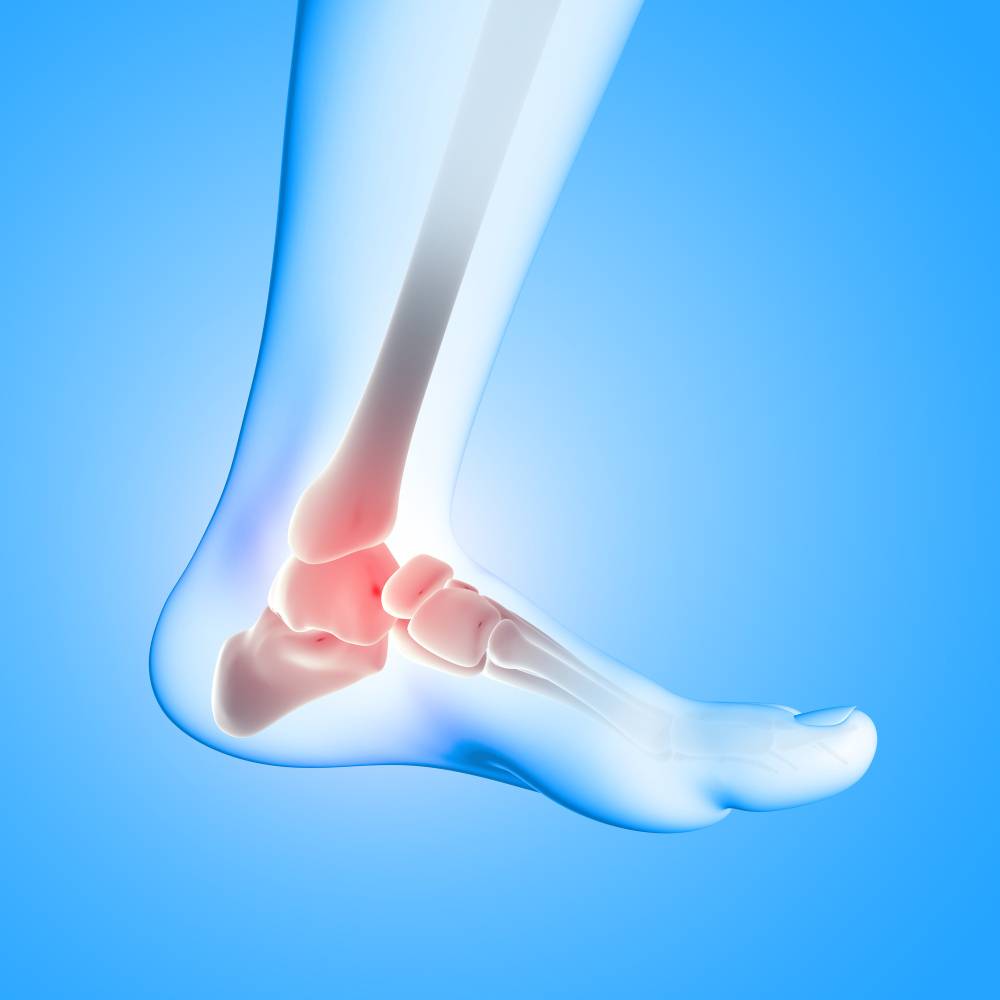Ankle Anatomy: Why Does It Matter?
 Have you ever stopped to think about how essential your ankles are for everyday activities like walking, running, or even standing? Despite their critical role, ankle injuries are incredibly common, often sidelining people from their daily routines and sports. However, understanding the anatomy of your ankle can help prevent injuries and improve recovery outcomes when issues do arise. At Mountain Spring Podiatry, we emphasize the importance of ankle health to ensure you stay active and pain-free.
Have you ever stopped to think about how essential your ankles are for everyday activities like walking, running, or even standing? Despite their critical role, ankle injuries are incredibly common, often sidelining people from their daily routines and sports. However, understanding the anatomy of your ankle can help prevent injuries and improve recovery outcomes when issues do arise. At Mountain Spring Podiatry, we emphasize the importance of ankle health to ensure you stay active and pain-free.
Understanding Ankle Bones
Your ankle is a complex structure made up of several bones that work together to provide stability and mobility. The main bones include the tibia, fibula, and talus. The tibia and fibula sit above the ankle, while the talus sits below them, connecting to the heel bone. The tibia is the second largest bone in your body and plays an important role in weight distribution across the ankle joint. The articulation between these bones ensures that your ankle can adapt to uneven surfaces, giving you the flexibility needed in daily activities. This arrangement allows your ankle to move smoothly, supporting the weight of your body.
The Ligaments of Ankles
Ligaments act like strong ropes that help connect bones and stabilize joints. In the ankle, major ligaments such as the anterior talofibular ligament as well as the posterior talofibular ligament help prevent excessive movements that could lead to sprains or worse injuries. These ligaments are especially important for athletes or anyone engaged in dynamic sports, as they absorb and distribute forces that come from sudden changes in direction. Regular strengthening exercises can help these ligaments better cope with stress and prevent injury. Knowing how these ligaments function can help you better protect your ankles during high-risk activities.
Ankle Tendons
Tendons attach muscles to bones and promote movement. The Achilles tendon, which is perhaps the most well-known tendon in the ankle, connects the calf muscles to the heel bone. It’s vital for walking, running, and jumping. It is the strongest tendon in the body, but it’s also the most vulnerable to injuries because of its limited blood supply and the high tension it undergoes during activities. Gentle stretching and strengthening exercises can significantly improve its resilience. Damage to this tendon can be debilitating, so it’s important to take care during activities that put excessive strain on the ankle.
Ankle Muscles
While bones provide structure and ligaments stabilize, muscles are the force behind every movement. The muscles in the lower leg control the motion of the ankle. These include the calf muscles, which power the ankle to push off during motion, and smaller muscles that help fine-tune movements and maintain balance. Strengthening these muscles is important for both injury prevention and recovery.
Why Ankle Anatomy Matters
Understanding the anatomy of your ankle is a critical aspect of maintaining your mobility and quality of life. Ankle health is fundamental to performing everyday tasks efficiently and safely. Awareness and preventive measures can substantially reduce the risk of injury, while knowledge of this anatomy is essential for effective treatment should injuries occur.
Are You Looking for a Local Foot Doctor?
Have you been looking for a dependable podiatrist? At Mountain Spring Podiatry, we believe that knowledge is the first step to prevention. Whether you are a seasoned athlete or someone looking to maintain an active lifestyle, our team is here to support your health. Reach out to us to learn more about how integrated care can benefit you. We can answer any questions you have and schedule a consultation with a qualified foot doctor in your area.
